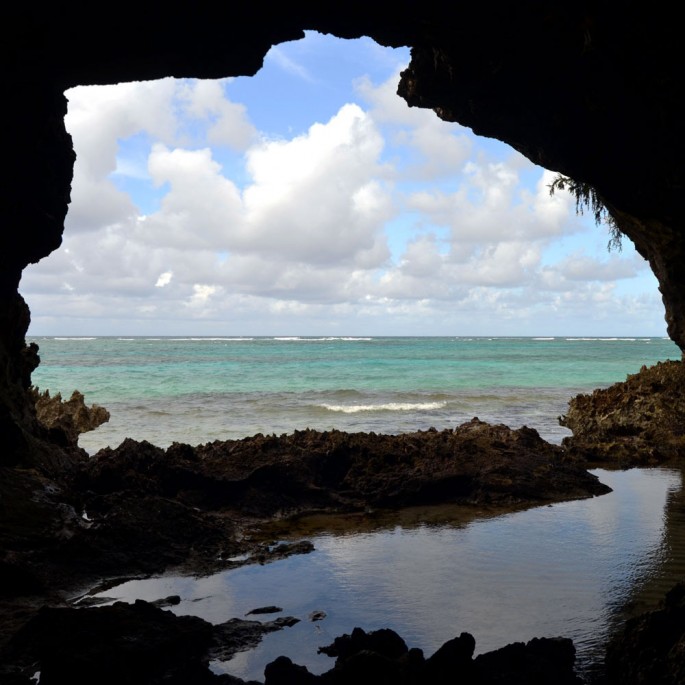Scientists have uncovered around 100 fossils from a cave in the Bahamas, revealing how human activities and interference apparently threaten the island's ecosystems and biodiversity.
Researchers from the University of Florida discovered a collection of fossilized evidence of 39 extinct species that used to thrive on the Great Abaco Island. However, during the end of the Ice Age, 17 species of birds disappeared due to rising sea levels and climate change.
During this extinction event, some 22 species of animals including birds and reptiles, managed to survive this climate change 10,000 years ago. The 22 species that survived that climate change thrived and flourished on the Great Abaco Island but first human settlers who arrived at the island some 1,000 years ago, became their ultimate cause of extinction.
New studies are now examining and analyzing historical records as how many species can survive climate change events and even provide crucial benefits for species restorations and conservation efforts today. Scientists also expressed their concerns as how natural habitats are altered by the introduction of invasive or aggressive species that can drive away endangered species.
According to lead author of the study Dave Steadman from the Florida Museum of Natural History, the species that existed on Abaco thrived and managed to adapt to a series of environmental changes however up until the presence of humans on the island, many animals did not adapt along with humans where they died out.
Scientists are now looking into two types of extinctions, one is due to extreme environmental changes brought about by climate change and the second cause is mainly due to human settlements. The team also revealed that the findings of this study reveal how humans can affect and dramatically change natural habitats where in modern times, man made activities along with climate change can make it even harder for many species to survive.
Along with plant ecologist Jane Franklin from the Arizona State University, Steadman and his team will return to the islands for deeper explorations, especially to investigate these caves even further, beginning this December.
With this new phase of the study, the team will examine more fossils from species that survived the last Ice Age and compare them with those extinct species when humans began living on the island.
This new study is published in the Proceedings of the National Academy of Sciences.



























